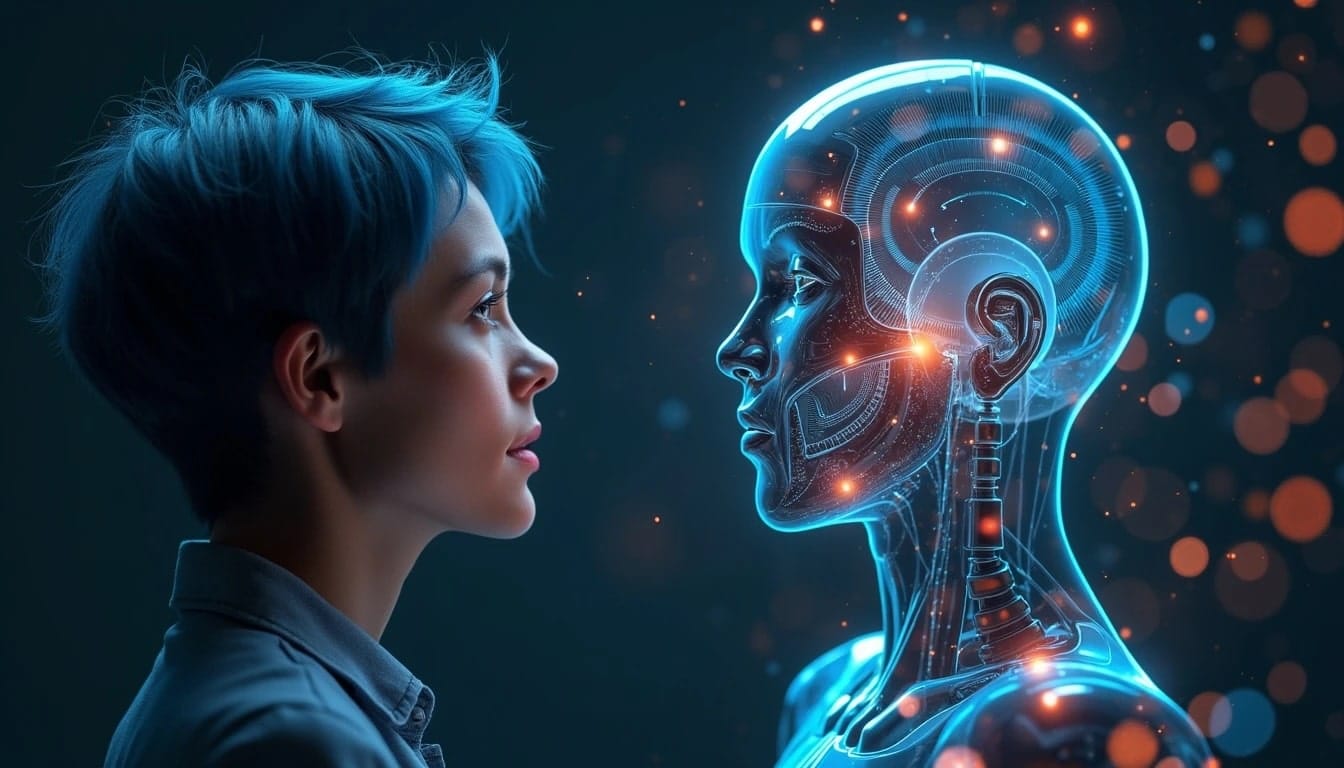Generative artificial intelligence continues to revolutionize the way we work, and a community of enthusiasts has found ways to integrate it into daily workflows, optimizing everything from simple tasks to complex processes. A recent example is the integration of generative language models (LLMs) into Obsidian, a popular application for writing and note-taking based on the Markdown markup language. Thanks to NVIDIA RTX graphics cards and the accelerated software library called llama.cpp, it is possible to run AI models locally, further enhancing the user experience in this tool.
Obsidian and AI: How to Connect LM Studio to Generate Advanced Notes
The key to this integration lies in LM Studio, which allows users to set up a local server to run AI models with a simple process. By connecting Obsidian with LM Studio, users can enable powerful plug-ins like Text Generator and Smart Connections, both focused on content creation and search within Obsidian notes.
To activate the local server in LM Studio, simply enable the functionality from the “Developer” icon in the left panel of the application and select a model that has already been downloaded. By enabling the “CORS toggle” and clicking “Start,” the server will generate a default chat URL (for example, http://localhost:1234/v1/chat/completions). This URL will be needed to connect the plug-ins in Obsidian.
Once LM Studio is configured, you just need to go to the Community plug-ins section in Obsidian and look for tools compatible with LLMs. For Text Generator, you’ll need to enter the URL in the “Endpoint” field in the plug-in settings, while for Smart Connections, it is necessary to specify both the URL and the model name on the model platform, selecting “Custom Local (OpenAI Format).”
Content Generation and Smart Searching: Text Generator and Smart Connections
The Text Generator plug-in allows for quick content generation in an Obsidian note, making it ideal for writing lists or research summaries on any topic. Imagine a user wants to plan a fictional trip to “Lunar City” and wants to brainstorm activity ideas. By starting a new note titled “What to Do in Lunar City” and activating Text Generator, it will generate a list of recommendations in just a few seconds thanks to the acceleration of the 27-billion parameter model “Gemma 2” on the RTX GPU.
On the other hand, Smart Connections is perfect for performing detailed searches within previous notes in Obsidian. If a user wants to recall information about a restaurant in “Lunar City” mentioned years ago, they could write a query instead of manually searching through all notes. Smart Connections uses a technique called retrieval-augmented generation, quickly obtaining relevant information.
Power for Developers on RTX Machines
Thanks to the acceleration capabilities of NVIDIA GeForce RTX on Windows machines, thousands of AI models are available to developers for integration into their applications. These models not only open doors in productivity but also in areas such as video games, video conferencing, and interactive experiences, driving change across multiple sectors.
For those looking to maximize their productivity, the integration of generative models into tools like Obsidian is an excellent first step. In addition to enhancing the work experience, these tools showcase the potential of generative AI to transform daily activities.
To stay updated on innovations in AI and learn more about the power of LLMs and generative AI, NVIDIA offers the AI Decoded newsletter, a guide to the latest trends in artificial intelligence.

